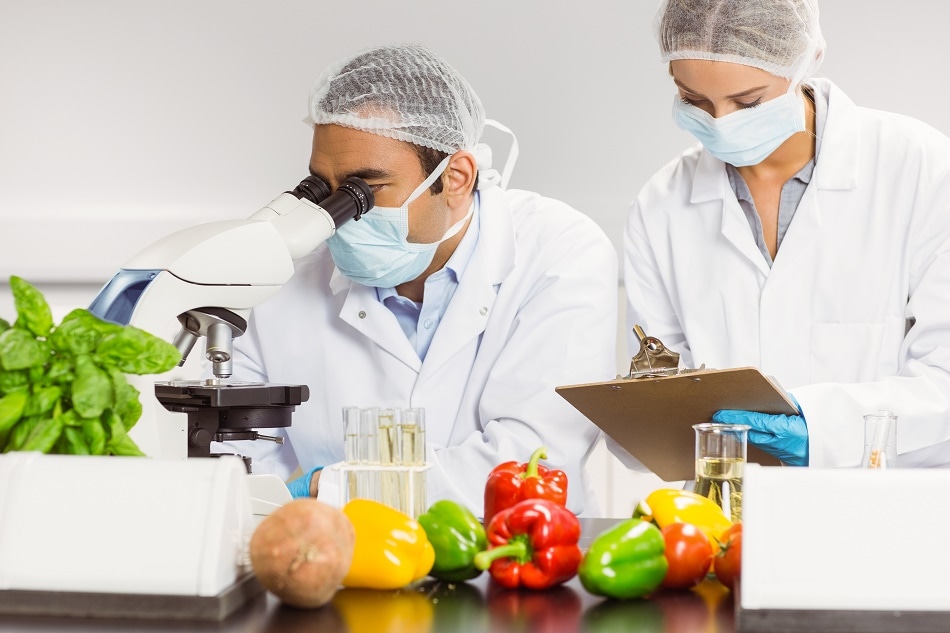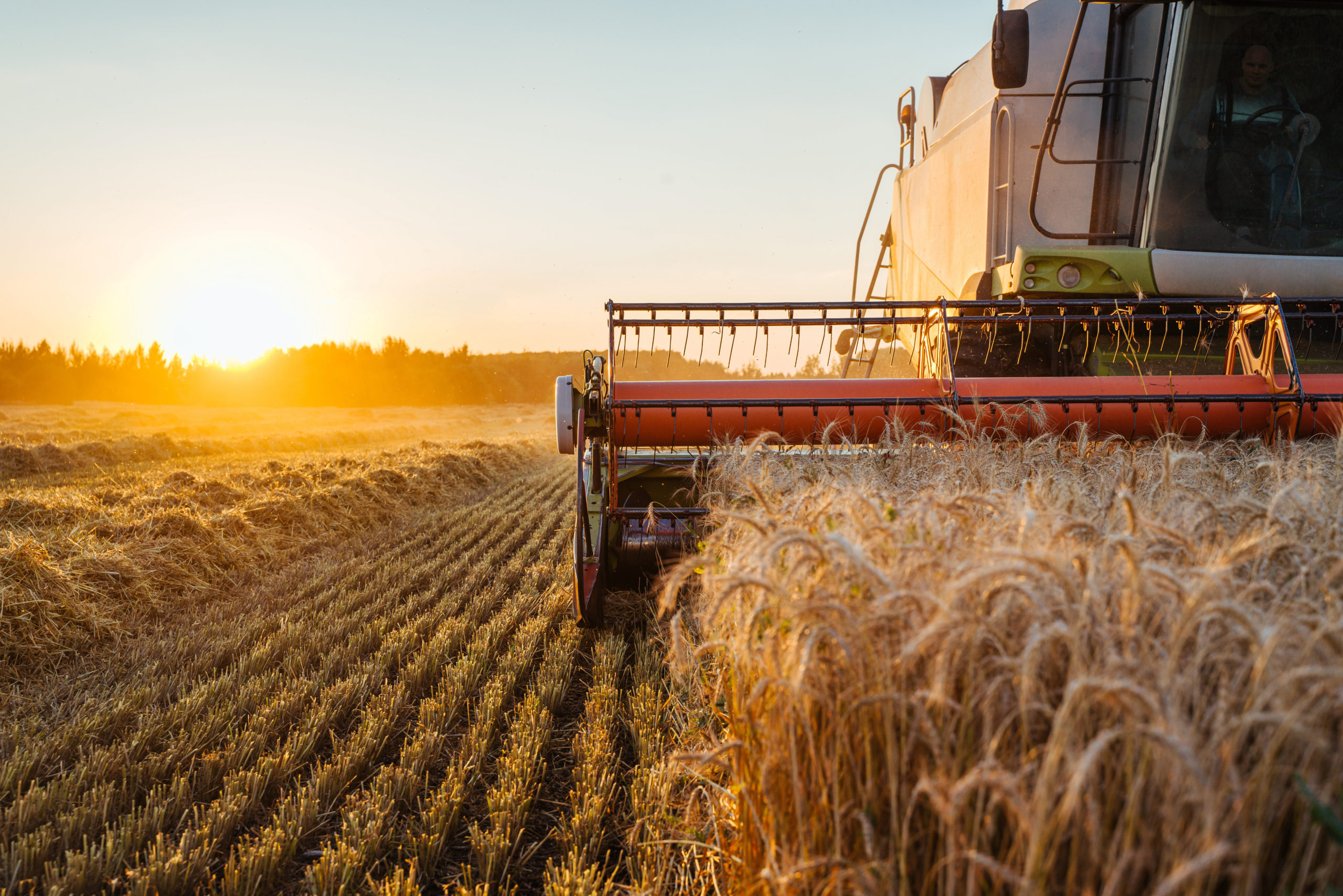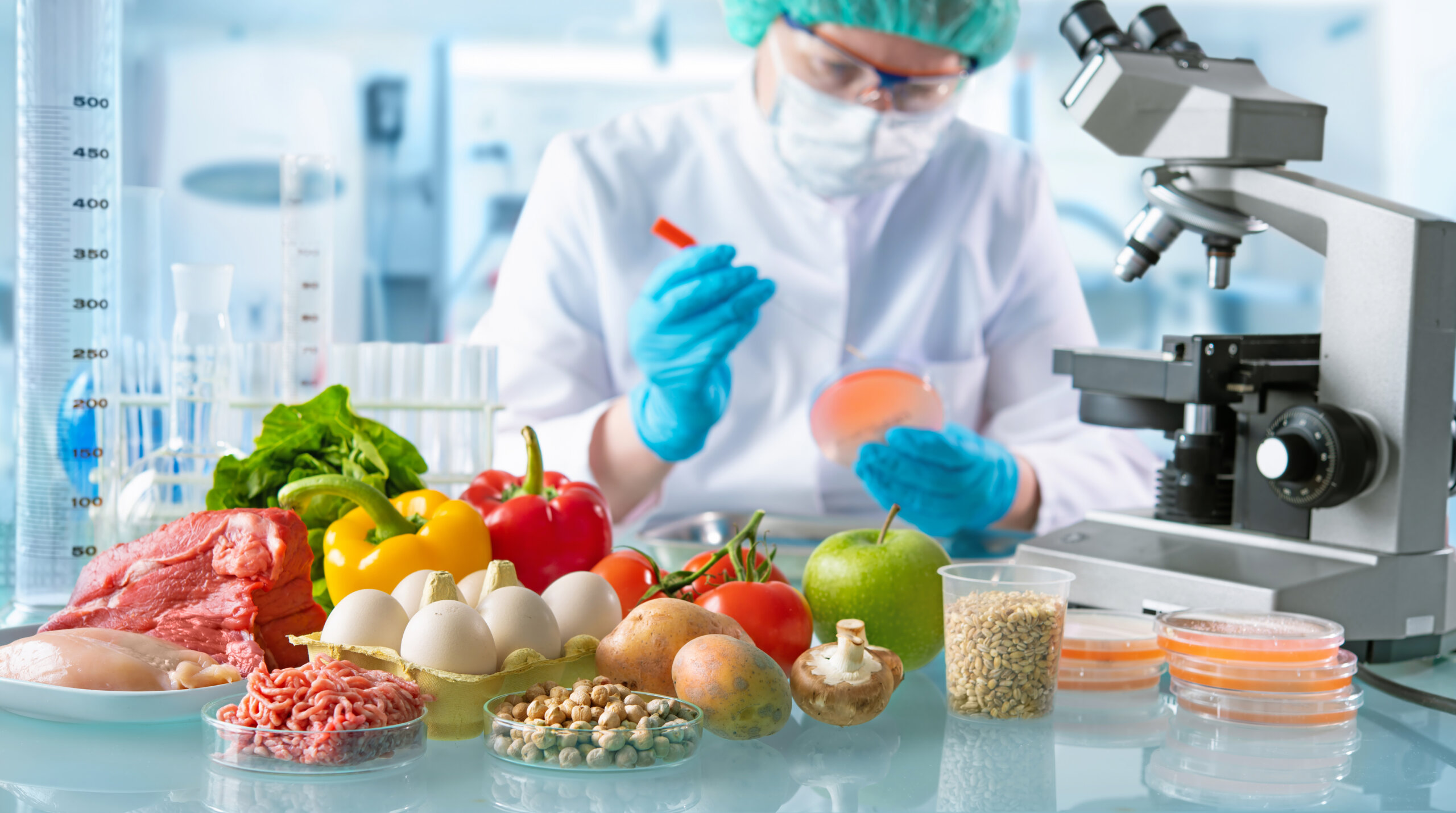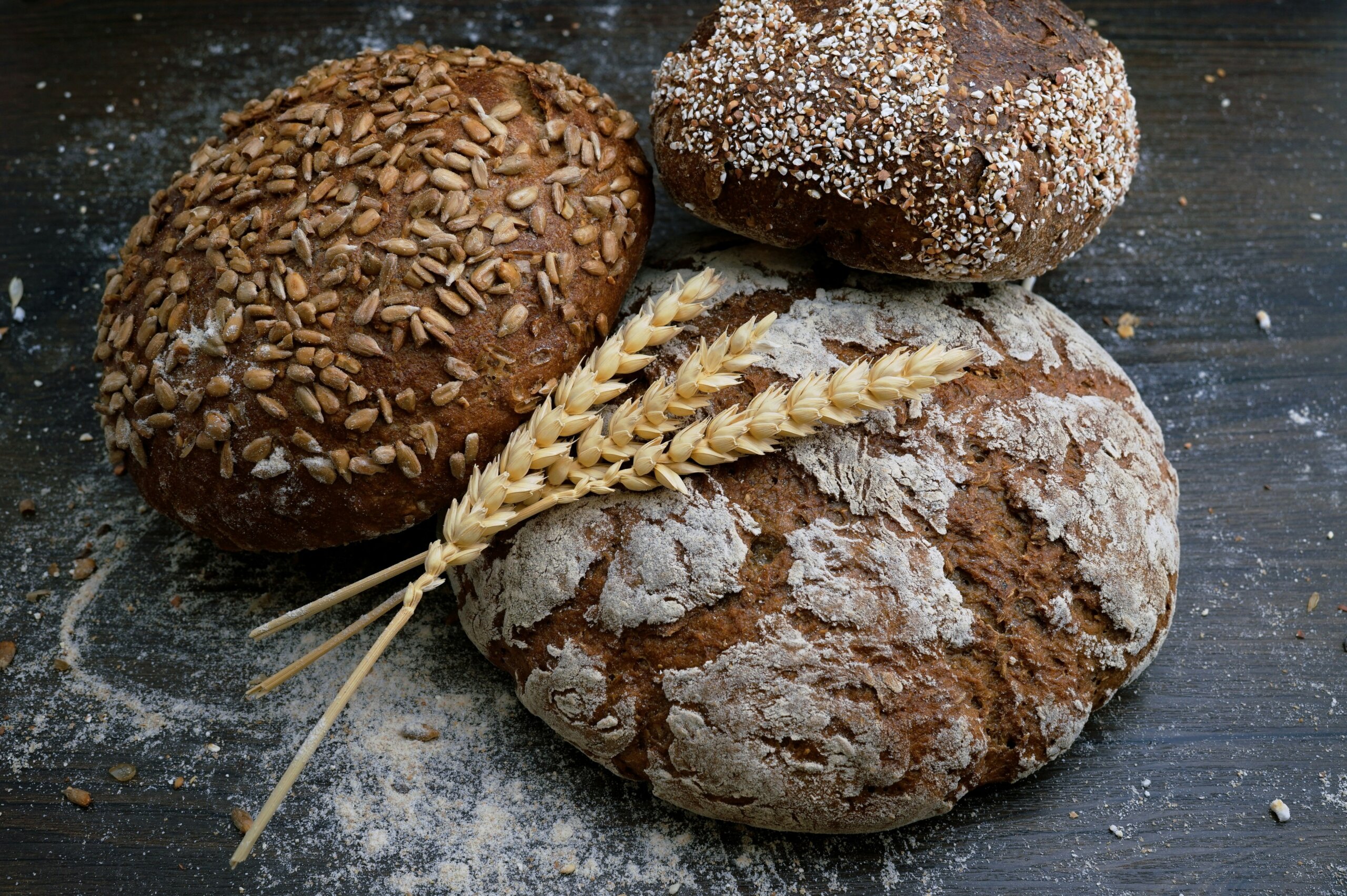The Quality Assurnace team at Tradelink are aware and focused on our Food Safety and Quality. From fraudulent organic certificates to unhygienic plant conditions, our team have exposed many murky players along the way. We take Food Safety Inspections to the next level, and can ensure safe-to-consume food, whilst also reducing the occurrence of foodborne diseases.
Factors for Increasing Food Safety Testing Market
The impact of Covid-19 results in an increase in food safety testing parameters. Consumers are slowly getting conscious of the nutritional facts and quality of products being introduced to their bodies. The volume of food production is increasing following the nutritional demands of consumers; hence all market players are deliberating food products that would give consumers the maximum nutritional value with an economical cost, safety, and quality.
Additionally, the increasing outbreaks of foodborne diseases and deaths due to food contamination further contribute to the increase in food safety testing procedures. Manufacturers need to essentially take into consideration the allergens, contaminants, and toxins’ physiological reactions before processing and producing food products.
The world’s rising population leads to an increase in food import and export volumes. The food chain from farm to table has changed over the years. Foods from fields are handed to several factories and then traveling to various countries with fluctuating atmospheric conditions. In between the distribution chain, infections may occur, affecting numerous consumers worldwide. Hence, food safety testing is increasingly implemented globally.
Global Market for Food Safety Testing
The food safety testing for the global market is roughly USD19.5 billion by the end of 2021, which is expected to rise to USD28.6 billion by 2026, with 7.9% merit in CAGR. The figures shown herewith are affected by the following metrics.
Food Safety Testing Market by Technology
 Rapid technologies have been introduced to further accelerate the speedy, higher accuracy, capacity to test various contaminants, sensitivity, and reliable results of food safety testing in all market players. Chromatography and Spectrometry, for example, are some of the state-of-the-art technologies being used globally, particularly in the Asia-Pacific region, to quickly and conveniently identify microorganisms, and impurities, to facilitate the quality and safety of food products. Immunoassay, PCR, Biosensors, and DNA testing are also contributing to the technology market growth for food safety testing.
Rapid technologies have been introduced to further accelerate the speedy, higher accuracy, capacity to test various contaminants, sensitivity, and reliable results of food safety testing in all market players. Chromatography and Spectrometry, for example, are some of the state-of-the-art technologies being used globally, particularly in the Asia-Pacific region, to quickly and conveniently identify microorganisms, and impurities, to facilitate the quality and safety of food products. Immunoassay, PCR, Biosensors, and DNA testing are also contributing to the technology market growth for food safety testing.
Food Safety Testing Market by Product Type
Seafood, meat, and poultry hold the top market share in food safety testing in the coming years, as these products are easily contaminated during slaughtering, skinning, defeathering, processing, and packaging. Other food products on the top lists in testing are pulses, cereal, grain, dairy, fruits, and processed food, which are easily contaminated due to improper handling, unsuitable equipment cleaning procedures, and hygienic conditions.
Meat and poultry products are crucial in food safety testing as the contaminants held by these products are life-threatening. Pathogens are commonly found in meat and poultry products such as E-coli, Listeria, Campylobacter, Cyclosporin, and Shigella, with Salmonella as the most recurring pathogens. In the US alone, which is the largest consumer of meat products, the Center for Disease Control and Prevention reports 1.4 million individuals are affected by Salmonella, of which 450 of them lead to death. Following the figure is around 1.3 million people affected by Campylobacter and Post-Salmonella. China, India, and Vietnam account for the largest market of food safety testing, considering they have an increasing meat and poultry industry yearly.
Food Safety Testing Market by Region
Europe tops the food safety testing market due to numerous consumers affected by food-borne diseases. Consequently, the government and consumers demand not only an increase in food production but also food testing. The awareness of safe and quality food is now increasing in the UK, Germany, Italy, and France. The increase of food safety testing has also been mandated by the National Reference Laboratories (NRLs) and the European Reference Laboratories (EURLs) to ensure the quality standards and protect the consumer’s health. Huge investments from major food testing companies like Eurofins Science in Luxemburg, SGS SA in Switzerland, and Intertek in the UK, are continuously collaborating for the enhancement of high-quality, swifter testing techniques and technologies to conform to Europe’s food safety regulations. Following Europe are the Asia Pacific and MEA (the Middle East and Africa), which demand an increase in food safety measures due to the swift business industries, especially in China and India.
North America and Latin America also share the top list due to the systematic rules and regulations to decrease foodborne diseases. In North America, it is reported that 0.7% of producers, 42.8% of restaurants, and 12.5% of supermarkets only are following the food & safety regulations and having food safety certificates. With these figures and the current pandemic situation, the opportunity for the food safety testing market in the region is now exceptionally increasing.
Following the consumers’ lifestyles in the entire American region, which holds the highest consumers of packed and processed foods, the research and development sectors are gaining huge investment to laboratories’ advanced technology and test kits for food safety; hence, greatly increasing the food safety testing market in the region.
Food Safety Testing Market by Contaminant
With the Coronavirus outbreak, pathogen contaminants top the food safety testing in respect to revenue, including the current technology developments. Even before the pandemic, the US alone is accumulating around 48 million people of food poisoning per year, of which 128,000 are being hospitalized. Hence, the FDA Food Safety Modernization Act, along with the government, is implementing strict food safety and regulations across the region.
Additionally, according to WHO, there are approximately 600 million cases of foodborne diseases every year, out of which tolls 420,000 deaths globally due to pathogens and other food contaminants. Pathogens cause the decomposition of food quality and can activate serious health issues. New techniques and kits are now developed on top of the conventional food testing methods to prevent the increase of pathogens like salmonella, listeria, campylobacter, E-coli, and more. The GMO, toxins, and pesticides testing market is also forecasted to increase in the forecast period 2021-2026 due to the consumers’ awareness of high quality and safe food products.



